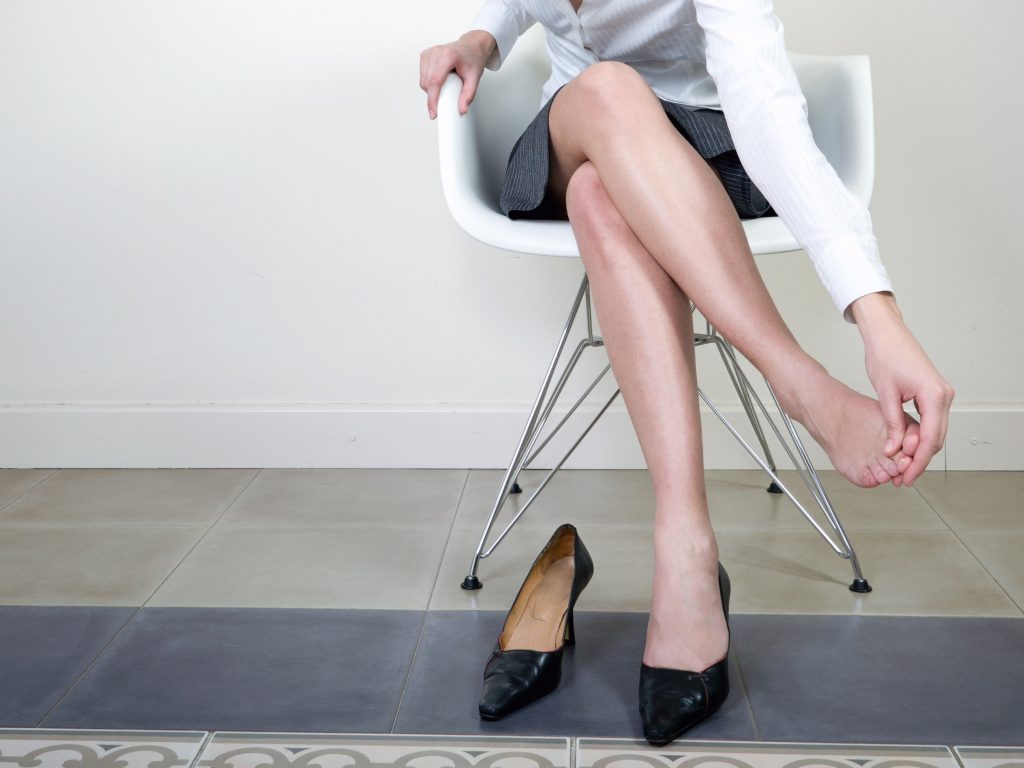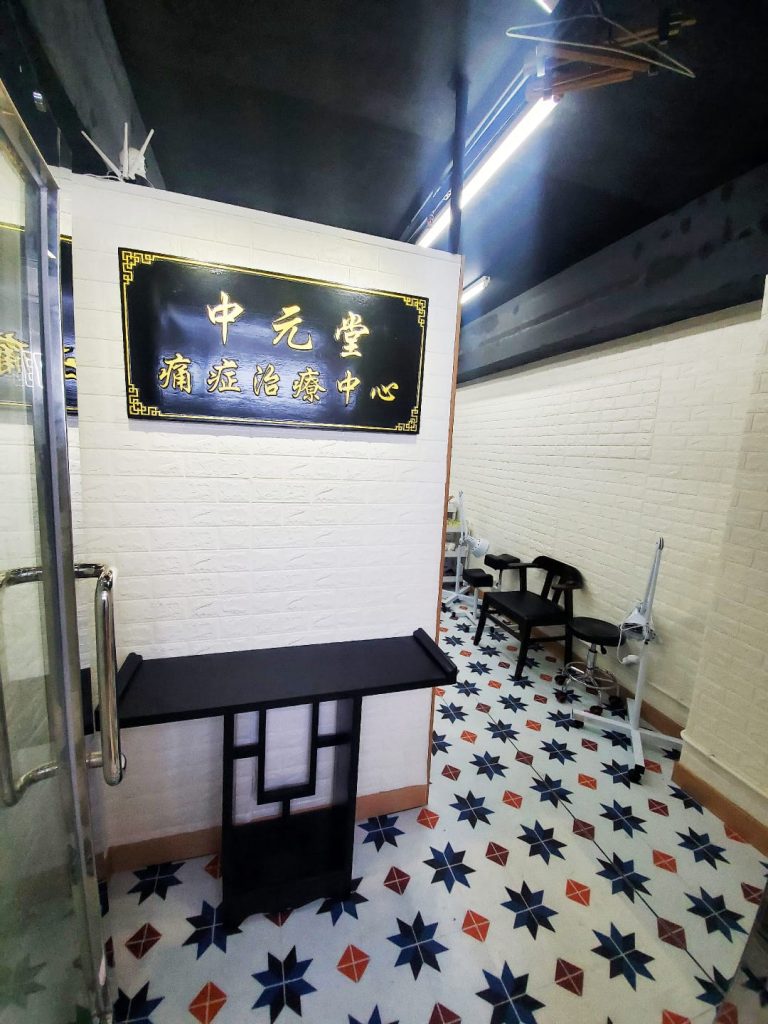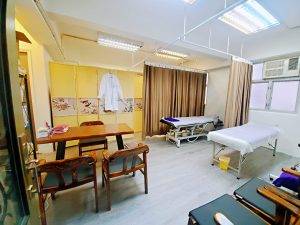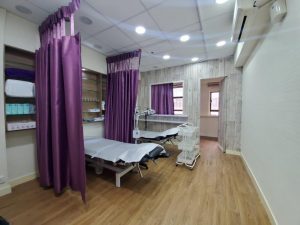[Long Term Pain] What is it about me? I’m not injured again, Master Bone Clinic will analyze the reasons for everyone!
Almost everyone feels pain from time to time. When you cut your finger or pull a muscle, the pain is what your body tells you where the problem is. Once the wound has healed, you will no longer be injured. These are just short-term pains. Of course, everyone will not feel depressed!
Chronic pain is different. A few weeks, months or even years after the injury, your body will feel very uncomfortable. Doctors usually define chronic pain as any pain that lasts 3 to 6 months or longer.

Chronic pain can have a real impact on your daily life and mental health. But you can ask your doctor for assistance in treatment.
Why does chronic pain linger?
The feeling of pain comes from a series of messages that run through the nervous system. When you are injured, the injury will turn on the pain sensor in that area. They send information in the form of signals, which propagate from nerve to nerve until it reaches your brain. Your brain processes the signal and sends a message that you are harmed.
Usually, the signal stops when the cause of the pain is eliminated, for example: your body repairs the wound in the finger or muscle tear. However, due to chronic pain, nerve signals will continue to be emitted even if you are cured.
What conditions cause chronic pain?
Sometimes, chronic pain can start without any obvious cause. But for many people, it starts after an injury or health condition. Some of the main reasons are:
Past injury or surgery
Back problems
Migraines and other headaches
arthritis
Nerve damage
infectious disease
Fibromyalgia, a disease that makes people feel muscle pain all over the body
Symptoms of pain:
Chronic pain ranges from mild to severe. It can go on or come and go day after day. The pain feels like:
It’s a dull pain
Beating
Burning
shooting
extrusion
Tingling
pain
rigidity
Sometimes pain is just one of many symptoms, including:
Feeling tired or rubbed off
Don’t feel hungry
Trouble sleeping
Mood changes
weakness
Lack of energy
Chronic pain and your mental health
Chronic pain can interfere with your daily life and prevent you from doing what you want and need to do. This can damage your self-esteem and make you feel angry, depressed, anxious and depressed.
The connection between your emotions and pain forms a cycle. When injured, you are more likely to feel depressed. This will make your pain worse. The link between depression and pain is why doctors often use antidepressants as a treatment for chronic pain. These drugs can relieve pain and emotional tension caused.
Pain can also interfere with sleep and increase stress levels. Lack of sleep and more stress can exacerbate the pain.
Get help for chronic pain
If you are injured and your condition does not seem to get better, see your primary care doctor or pain specialist. They can help you find relief, so the pain will not make you live a life. Some options include medication, relaxation therapy, physical therapy, acupuncture and lifestyle changes, such as getting enough sleep and not smoking.
If you want to deal with it as soon as possible, please come and talk to our pain experts in Master Bone Clinic…
The pain may be related to [spine displacement] or scoliosis, do not take it lightly for frequent back pain! │Master Bone Clinic Bone Reduction Chiropractic Pain Treatment Center
Scoliosis is the lateral curvature of the spine, which most often occurs during the growth spurt before puberty. Scoliosis can be caused by diseases such as cerebral palsy and muscular dystrophy, but the cause of most scoliosis is unclear. Approximately 3% of teenagers suffer from scoliosis.
Most cases of scoliosis are mild, but as children grow, some spinal deformities continue to become more severe. Severe scoliosis can cause disability. A particularly severe curvature of the spine reduces the space in the chest and makes it difficult for the lungs to function properly.
X-rays are usually used to closely monitor children with mild scoliosis to see if the curvature has worsened. In many cases, no treatment is required. Some children will need to wear a seat belt to prevent the curve from getting worse. Others may need surgery to prevent the deterioration of scoliosis and correct severe cases of scoliosis.
Symptoms
The signs and symptoms of scoliosis may include:
Uneven shoulders
One shoulder bone is more conspicuous than the other
Uneven waist
One hip is higher than the other
If the lateral curvature of the spine becomes worse, in addition to the left and right curvature, the spine will also rotate or twist. This causes the ribs on one side of the body to protrude further than the ribs on the other side.
When to see the doctor
If you notice signs or symptoms of scoliosis in your child, see a doctor. However, gentle curves may develop without the parent or child’s knowledge, as they appear gradually and usually do not cause pain. Sometimes teachers, friends, and sports teammates are the first to notice a child’s scoliosis.
the reason
Doctors do not know what causes the most common scoliosis-although it seems to involve genetic factors, because the disease tends to spread in the family. Uncommon types of scoliosis may be due to:
Neuromuscular diseases, such as cerebral palsy or muscular dystrophy
Birth defects affect the development of spine bones
Spinal injury or infection
Risk factors
The most common risk factors for scoliosis include:
age. Signs and symptoms usually begin during the growth spurt before puberty.
gender. Although both boys and girls develop mild scoliosis at about the same rate, girls have a higher risk of curvature and require treatment.
family history. Scoliosis can occur in the family, but most children with scoliosis have no family history.
complication
Although most people with scoliosis have mild disease, scoliosis can sometimes cause complications, including:
Damage to the lungs and heart. In severe scoliosis, the ribs may press on the lungs and heart, making breathing more difficult and the heart difficult to pump out.
Back problems. Adults with scoliosis are more likely to suffer from chronic back pain than the general population.
appear. As scoliosis worsens, it may cause more noticeable changes-including uneven hips and shoulders, protruding ribs, and lateral movement of the waist and trunk. People with scoliosis usually become aware of their appearance.
If you have the following problems, please come to us for more information:
-Herniated disc
-Low back and neck pain caused by non-intervertebral disc herniation
-Sciatica
-Caudal facet joint syndrome
-Spinal stenosis
-Scoliosis
-Poor posture
-Headache for failed back surgery
-Neck pain
-Frozen shoulder
-waist pain
-Scoliosis
-Sciatica
-Knee pain
-Ankle pain
-Foot pain
-Bone Spurs
-Numbness of hands and feet
-Sports trauma
-Occupational injury
Pain treatment
【Types and classifications of pain】
【Pain treatment】
【Bone Spurs】
【Back Myofasciitis】
【Lumbar muscle strain】
【Neck Pain】or【Training Short Neck】
【Back Myofasciitis】
【Lumbar muscle strain】
【Shoulder Frozen】Fifty Shoulders
【Backache】
【Lumbar disc herniation】
Do I have long-term pain?
Master Bone Clinic has two branches, located in the core areas of Mong Kok and Causeway Bay.
Master Bone Clinic (Mong Kok Medical Center)

中元堂(旺角醫舘)地址:九龍旺角西洋菜南街1A號百寶利商業中心11樓02及03室(港鐵旺角站E2出口或港鐵油麻地站A2出口)
Mong Kok Medical clinic address: Shop 2 & 3, 11/F, Pakpolee Commercial Centre, 1A Sai Yeung Choi Street South, Mong Kok, Kowloon, Hong Kong
Google Map:
https://goo.gl/maps/v9D1NPGX93eFVMB1A
Whatsapp:852-61812812 直接whatsapp
電話:852-28021198
Master Bone Clinic (Causeway Bay Medical Center)

中元堂(銅鑼灣醫舘)地址:銅鑼灣富明街1-5號寶富大樓3樓O室(么鳳樓上)
Medical clinic address:Flat O 3/F, Po Foo Building, 1-5 Foo Ming St, Causeway Bay
Google Map:
https://goo.gl/maps/rrtqcCJK35f1grRp8
Whatsapp:852-56211314 直接whatsapp
電話:852-25675767






